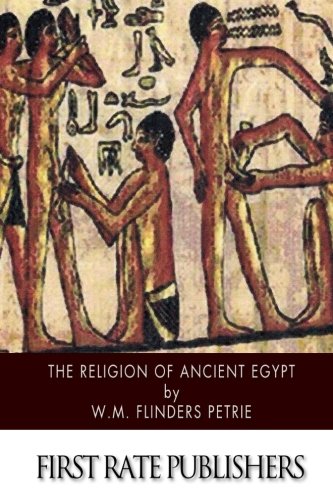The Religion of Ancient Egypt
Africa may have given rise to the first humans, and Egypt probably gave rise to the first great civilizations, which continue to fascinate modern societies across the globe nearly 5,000 years later. From the Library and Lighthouse of Alexandria to the Great Pyramid at Giza, the Ancient Egyptians produced several wonders of the world, revolutionized
Africa may have given rise to the first humans, and Egypt probably gave rise to the first great civilizations, which continue to fascinate modern societies across the globe nearly 5,000 years later. From the Library and Lighthouse of Alexandria to the Great Pyramid at Giza, the Ancient Egyptians produced several wonders of the world, revolutionized architecture and construction, created some of the world’s first systems of mathematics and medicine, and established language and art that spread across the known world. With world-famous leaders like King Tut and Cleopatra, it’s no wonder that today’s world has so many Egyptologists. Some of the most recognizable images of ancient Egypt, from the mummies to the pyramids, make clear how important religion was to the Egyptians. Unlike modern Western countries, Ancient Egypt was not a secular society but one where religion played a role in even the most mundane daily occurrences, and religion and myth were used to explain how and why the Nile River flooded. It also justified the absolute power of the king, who was considered not only divinely chosen for the role but divine himself. As a result, the pharaoh was expected to serve as a sort of intermediary who curried the gods’ favor through rituals, sacrifices, offerings, and other practices, even while various cults and temples also sought the same goals and engaged in religious practices. In addition to being ubiquitous parts of daily life, Egyptian religion and mythology were also complex, and while Egyptian society was polytheistic like other ancient civilizations, that’s where the comparisons end. Religion was so pervasive that it heavily influenced funerary practices and the belief in an afterlife, and deities like Osiris and Isis (who are still well known today) had become so firmly ingrained that even the Ptolemaic pharaohs, who considered themselves purely Greek, embraced Egyptian deities and assimilated the Greek and Egyptian cultures. In fact, Cleopatra often had herself depicted as Isis. The Egyptians’ belief systems proved resilient enough to last for thousands of years, but there were also critical evolutions over time as different dynasties took power, and with that, certain deities took prominence at different points. Perhaps the most famous changes were made by King Tut’s father, the pharaoh Akhenaten, who emphasized worship of the Aten, a symbol of the sun which had been associated with Ra but became the focal point of Akhenaten’s reign. To drive home just how serious the Egyptians took religion, there were grumblings about the pharaoh’s actions, and shortly after Akhenaten’s death, the system reverted to more closely resemble what it was like before his reign.







Comments